Best Cold Brew Coffee
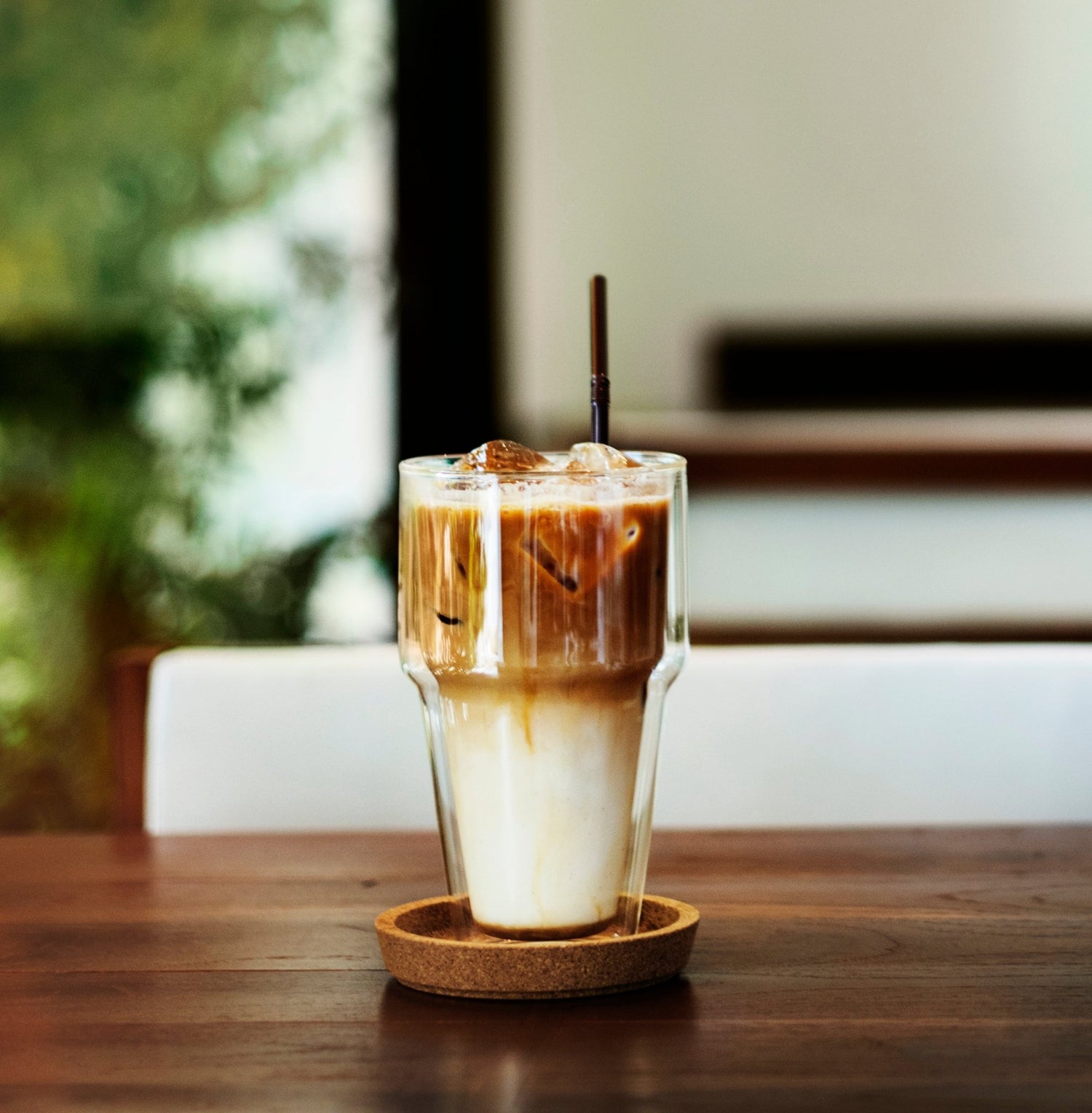

As the summer heat blazes down upon us, many coffee lovers switch from hot cups of joe to refreshing and satisfying cold brew. Cold-brew coffee is a favorite amongst coffee enthusiasts because not only is it delicious, but it's also incredibly easy to make. In this article, we will dive deep into the best cold-brew processes and provide you with variations to try at home.
Cold brew coffee has become incredibly popular in recent years, and for good reason. This process of brewing coffee without heat results in a smoother, less acidic cup of coffee that can be enjoyed all year round. However, not all cold brew coffee is created equal. In this article, we will explore what makes the best cold brew coffee.
The first key to good cold brew coffee is to start with good quality beans. Look for beans that are specifically roasted for cold brewing, as they will have a flavor profile that is well-suited to this method. Beans that are too acidic or too bitter can result in a less-than-perfect cup of coffee.
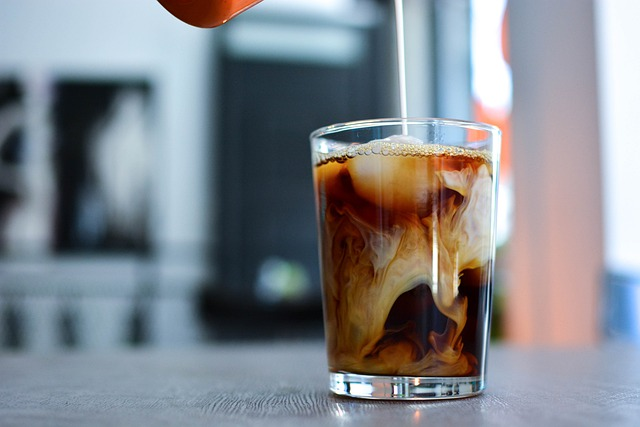
Once you have your beans, it's time to start the cold brewing process. Many people assume that making good cold brew coffee is as simple as putting coffee in water and leaving it in the fridge overnight. However, there are actually several factors to consider.
Firstly, the water-to-coffee ratio is important. Aim for a ratio of around 1:8, or one part coffee to eight parts water. This will give you a strong concentrate that you can dilute to your liking.
Next, consider the temperature of the water. While you don't want to use boiling water, the water should still be warm enough to extract flavor from the beans. Many people find that room temperature water works well, but you can experiment to find the temperature that works best for you.
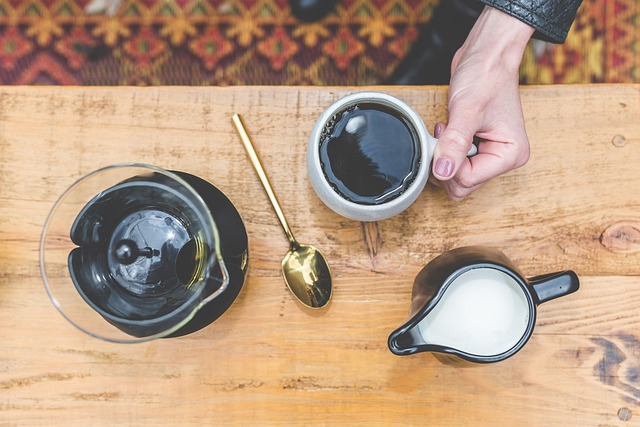
The length of time you leave your coffee to brew is also important. Most people leave their coffee to brew for around 12-24 hours, but some prefer a longer or shorter brewing time. Keep in mind that a longer brewing time can result in a stronger, more bitter coffee.
Once your coffee is brewed, it's time to filter it. You can use a French press or a special cold brew coffee maker, but many people find that a simple cheesecloth works well. Make sure to filter out any coffee grounds or sediment, as they can result in a gritty cup of coffee.
Finally, it's time to enjoy your cold brew coffee. Cold brew is incredibly versatile and can be enjoyed hot or cold, with or without milk, and with a variety of sweeteners or syrups. Experiment to find the perfect combination for your taste buds.
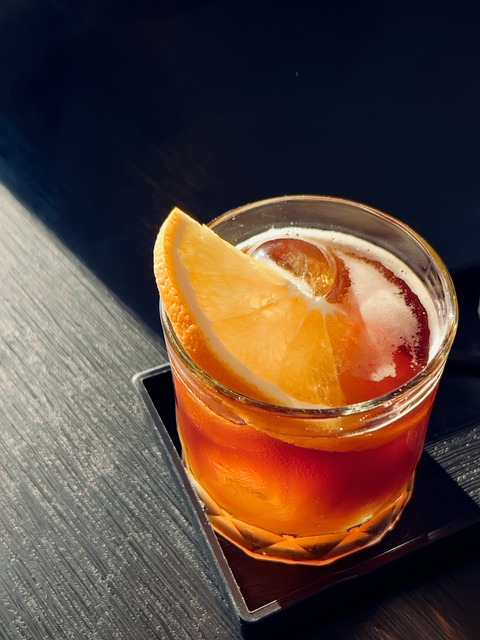
In conclusion, the best cold brew coffee starts with good quality beans and a carefully considered brewing process. By paying attention to the water-to-coffee ratio, temperature, brewing time, and filtering method, you can create a smooth, delicious cup of coffee that is sure to impress.
Cold brew coffee has been taking the coffee scene by storm in recent years, but is it worth all the hype and effort? Let's delve into the world of cold brewing and explore the unique qualities and benefits that come with this popular trend.
For those who are unfamiliar with the process, cold brew coffee is simply coffee grounds steeped in cold water for a prolonged period of time. The steeping process can range anywhere from twelve to twenty-four hours, depending on personal preference and desired strength. The result is a smooth, less acidic coffee that is perfect for hot summer days or as an alternative to traditional hot coffee beverages.
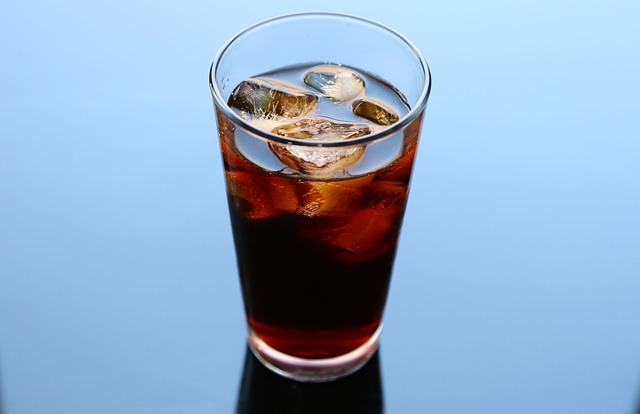
One of the most significant benefits of cold brew coffee is its low acidity level. Traditional hot coffee can have a pH ranging from 4.5 to 6.0, which can cause stomach discomfort or reflux in some individuals. Cold brew coffee, on the other hand, has a pH of about 6.5, making it significantly less acidic and easier on the digestive system.
Another advantage of cold brew coffee is its extended shelf life. Traditional hot coffee can only be stored for a few hours before it begins to taste stale and bitter. Cold brew coffee can be stored in the refrigerator for up to two weeks, making it perfect for those who want to prepare several servings at once.

Cold brew coffee is also less bitter than traditional hot coffee. This is due to the fact that the brewing process does not involve hot water, which can extract more bitter compounds from the coffee grounds. Instead, cold water produces a smoother, silkier coffee that is perfect for those who want to enjoy their coffee without any harsh or bitter aftertaste.
Finally, cold brew coffee is easy to prepare at home. With just a few simple ingredients and some patience, anyone can make a delicious cold brew coffee in the comfort of their own home. Many coffee enthusiasts also enjoy experimenting with different coffee blends and ratios to create their unique flavor profiles.
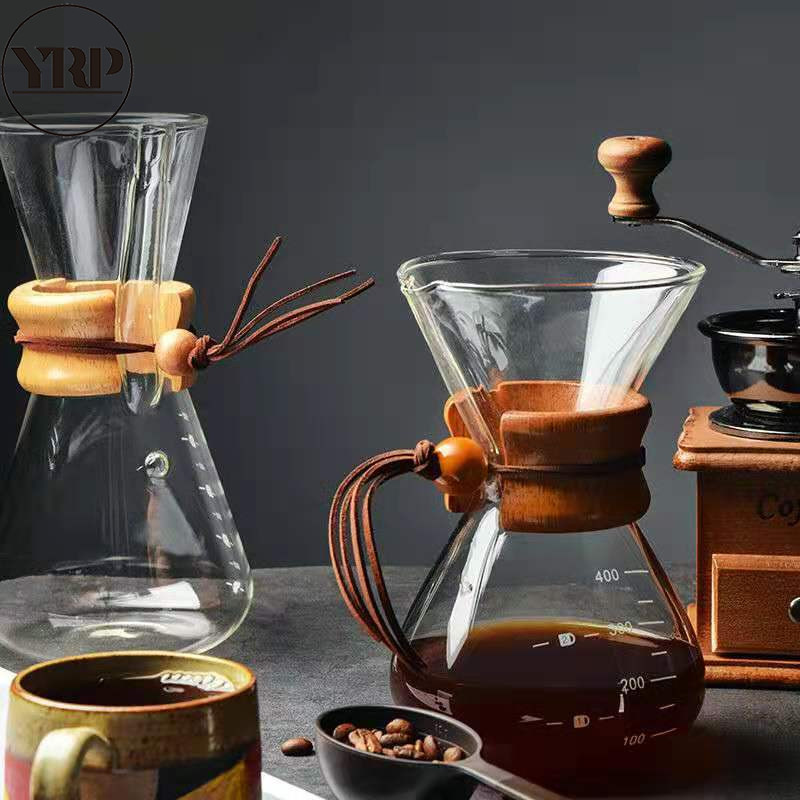
In conclusion, cold brew coffee is undoubtedly worth the effort for those who enjoy smooth, less acidic coffee that has a longer shelf life than traditional hot coffee. With its low acidity, less bitterness, and easy-to-prepare recipe, cold brew coffee is a perfect alternative to those who want to switch up their coffee routine. So, give it a try and experience the smooth, delicious flavor of cold brew coffee for yourself!
Cold brew coffee has experienced a surge in popularity in recent years, with many people opting for its smooth and less acidic taste compared to traditional hot brewed coffee. But have you ever wondered how long should cold brew sit before drinking? This question has sparked debates among coffee enthusiasts, with varying opinions and recommendations from brewing experts.
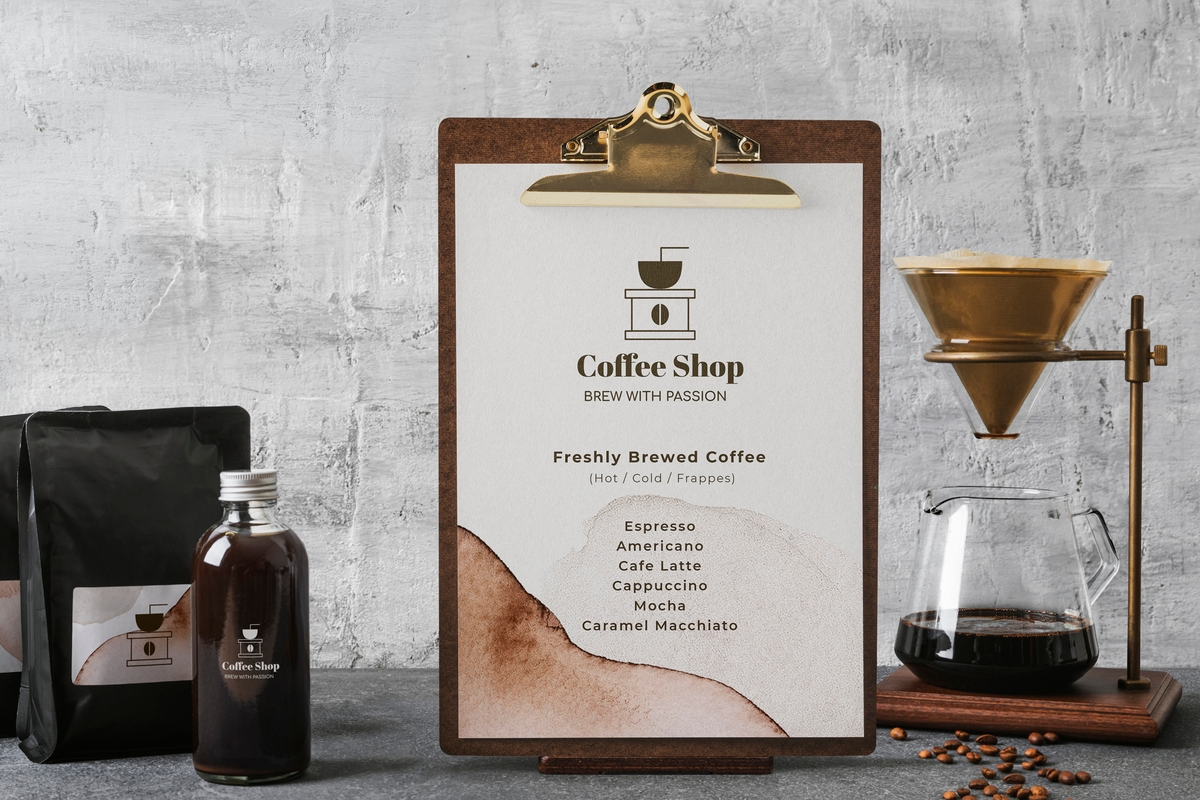
The ideal time for cold brew to sit before drinking varies depending on the desired strength and flavor profile. Generally, cold brew should steep for at least 12 hours, but some recipes call for up to 24 hours of steeping time. However, leaving the coffee to steep for too long can result in over-extracted coffee, leading to an unpleasant and bitter taste.
The steeping time also depends on the quality and roast of the coffee beans used. Darker roasts generally require less steeping time as their flavors and oils are more easily extracted, while lighter roasts require more steeping time to bring out their delicate and nuanced flavors. Therefore, it’s best to experiment with different types of coffee, grind sizes, and steeping times to find the perfect balance for your taste preference.
Another factor to consider is the brewing method used. The immersion method involves steeping the coffee grounds in water for the desired time, while the slow drip method requires a longer steeping time of up to 24 hours but results in a smoother and more complex taste. Whichever method you choose, make sure to strain the coffee grounds thoroughly to avoid a gritty texture.
In addition to steeping time, the temperature of the water used also affects the taste of cold brew coffee. Using cold water ensures a smoother and less acidic taste, while using warm water can result in an unpleasant and sour taste.
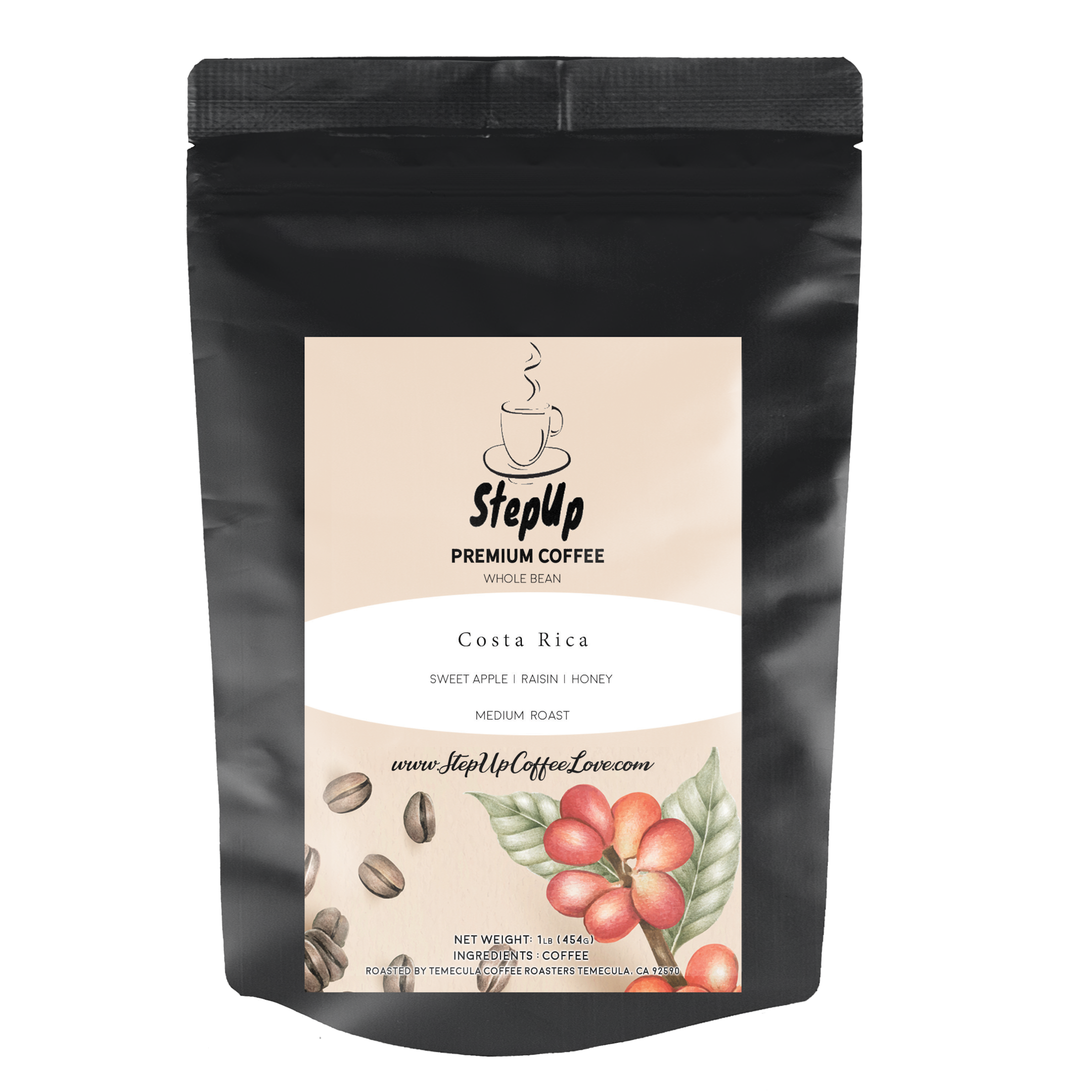
Ultimately, the ideal time for cold brew to sit before drinking depends on personal preference and experimentation. However, keeping in mind the type of coffee used, the grinding size, steeping time, and water temperature will ensure a perfect cold brew every time. So, grab your favorite coffee beans, experiment with different brewing methods and steeping times, and enjoy a refreshing and delicious cold brew coffee!
The Classic Cold-Brew Method
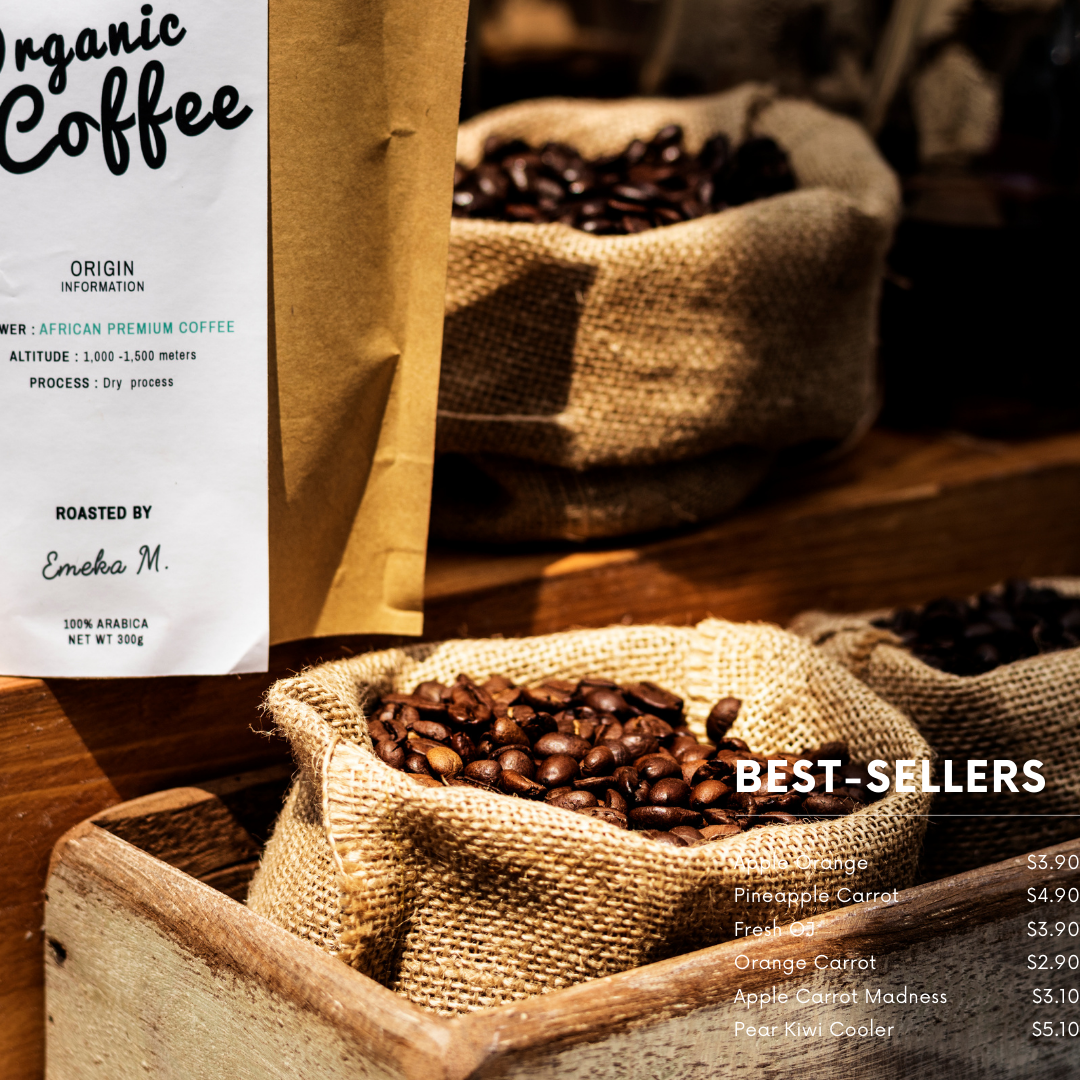
If you want to make your own delicious cold brew at home, there's no easier way than the classic cold-brew method! All you need is passion, hair of the dog... err... I mean your favorite coffee grounds, incredible amounts of cold water, a glass jar and some cheesecloth – truly the glorious necessities to make a cup of nectar fit for a deicide. Remember the age-old rule: one cup of coffee grounds per four cups of water. Give it a thorough mix and then let it steep, steep and gift this concoction twelve flawless hours, or up to twenty-four euphoric hours! When your impatient tongue melts off from waiting', use that almighty detective fabric called cheesecloth to uncover what wonders lay hidden beneath the murky depths, confident with all conviction that nothing can step in between blazing favor for these enigmatic icy flows. There's your dreamt upon Jackpot! An ice full panacea right in front o' your nose.. now that's sure pleased a gnome bueno!
The Kyoto-Style Cold-Brew Method
It turns out there is another method for brewing coffee, quite different and special compared to the traditional preparation. This process requires a Kyoto Drip Brewer — a slow-drip water vessel which gathers cold water drop by drop to extract the pure coffee flavor. Albeit more labor intensive than everyday drip machines, this method of crafting coffee is known as Kyoto-Style Cold-Brew and it has one tantalizing outcome – a unique and delicious cup of coffee! Why settle for a regular hot drink when you can still have an aromatic beverage even when served chilled? This brew will deliver an amazing, concentrated flavor, perfect for all your favorite iced drinks. Have your noodle working overtime with something that isn’t totally the norm!
The Aeropress Cold-Brew Method
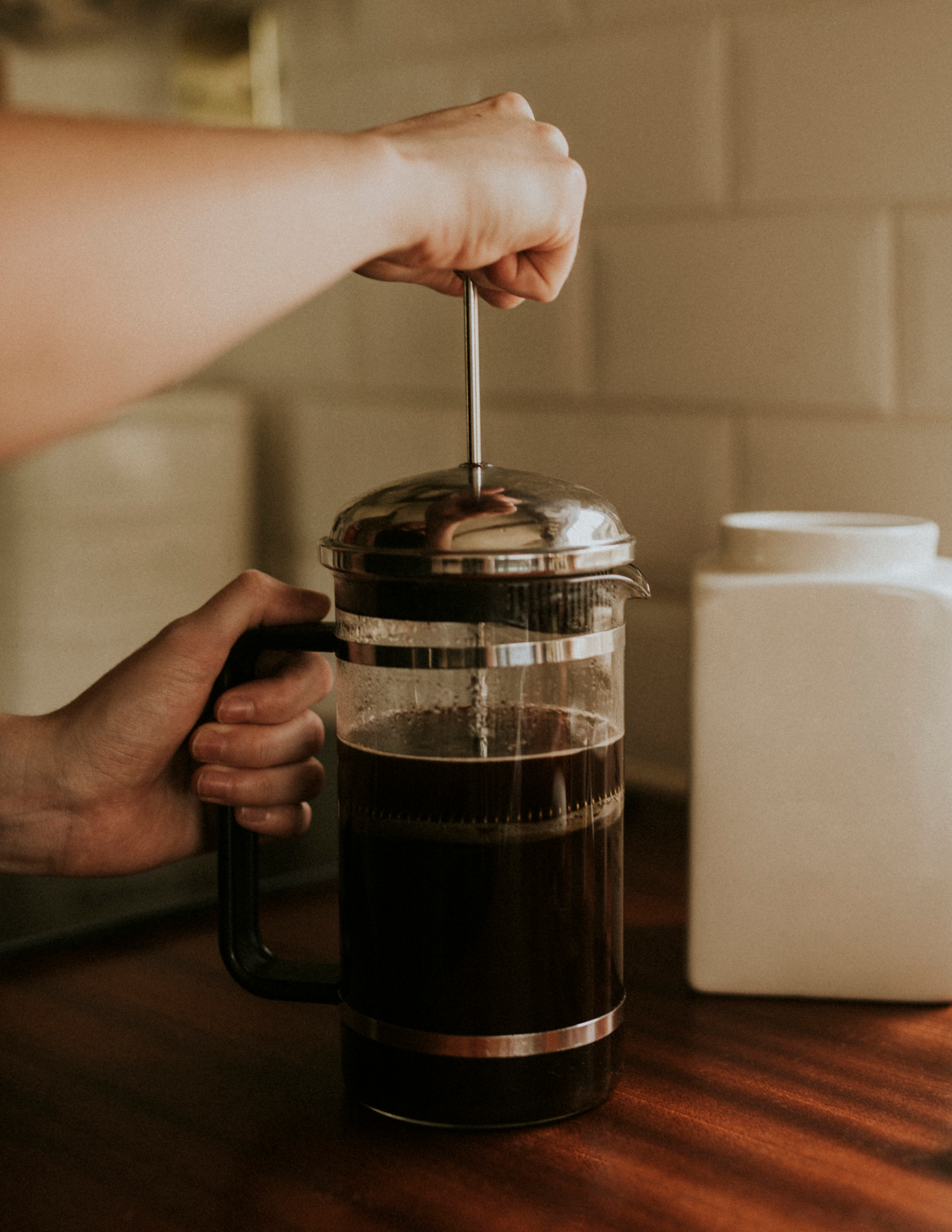
Have you heard of the magical AeroPress Cold-Brew Method? As an AeroPress fan, you know have the unique opportunity to experience cold coffee in a whole new way. This process includes the use of inverted AeroPress presses, enabling you to soak your fresh grounds slowly and gently in cold water for several hours. But such a magical brew doesn't stop there – the pressing process is the final step. And be assured that all that work will pay off when you take that first sip of rich and smooth cold brew! What could be better? Yippee!
If you love having a great cup of coffee, chances are you're already very familiar with the French press method. But did you know, there's another way to use a French press? It has everything you'll ever want in a delicious summer sip — introducing, French press cold brew! Here's all the basics: Throw fine-ground coffee, cold water blend into your French press carafe and leave it be for 12 – 24 hours. Then all that is left to do is step right up – lay down the mesh filter deep in the mix and plunge as usual. The result? —A flavorful drink you created and a performance worthy of an ovation. Bon appetite!
Drip Method
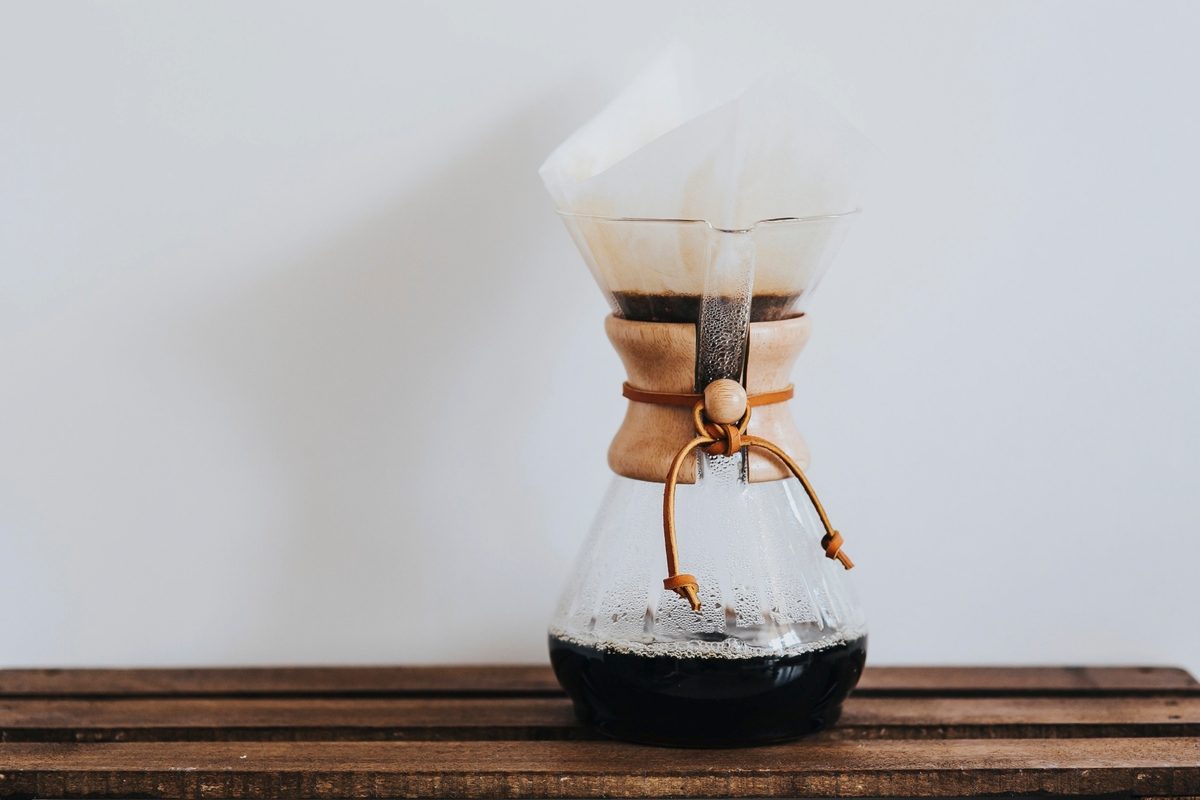
The efficacy of the drip method of coffee production has been long celebrated by those who savor a lighter flavor and need a pick-me-up in the mornings. Effectively crafting an ethereal coffee requires just some manual labor, a few simple ingredients, and time to let the process take its sweet time.
Begin with freshly ground coffee beans and place them into the paper filter within your preferred drip coffee maker. After properly positioning the filter, fill the tray back up with cold water from your vessel of choice. Allow it days to steam at considerable leisure—opting for a too quick brew will create less than desired results. At the end of 12 to 24 hours, you shall sip crescendos of delightful subtilties reminiscent of a fragile symphony beverage: palustrine yet soothingly mellow!
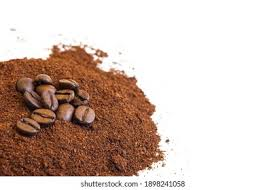
Slow Drip Method
immersed in popularity, we can find the slow drip method, or what many refer to as the Kyoto-style. This cold brewing of coffee hails from Japan and is one of the most labor-intensive methods. As this delicate process slowly passes water through coffee grounds drop by drop, a concentrated flavor emphasis results - culminating in a perfectly balanced cup of exquisitely brewed coffee. An absolutely superior flavor contour blossoms with the precise combination of heat, time and technique requisite to proffer this unique concoction.
Inverted AeroPress
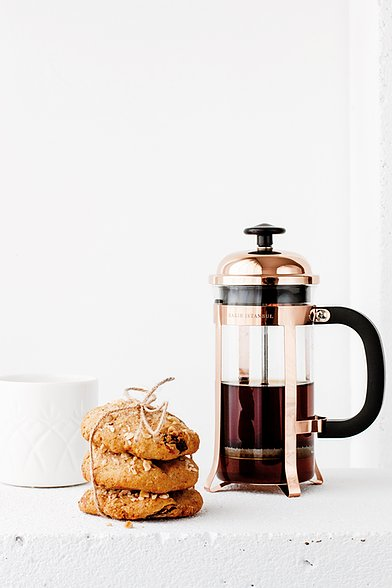
The AeroPress offers a versatile set of applications, making crafting cups of hot and cold coffee a breeze. To utilize the inverted method, you'll need to ensure your toolkit is stocked with an indispensable piece: a metal filter for greater precision of extraction. In preparation for your brew, grind beans to size and arrange them in their aluminum host. After that fills business is done, add water to your decidedly inventive setup and steep in the fridge for up to twelve or twenty-four hours. With that tiresome task completed, twirl your stout apparatus upside down then have its lever gently 'pressed' into your diligently waiting mug -- producing a strong yet concise sip. Whether favored on its own as Black as Calder night or pumped more profoundly by way of dairy accompaniments; enjoy!
French Press Method
The French press, or press pot, is beloved for its simplicity and timelessness. This method can be used to craft both regular, hot brewed coffee and cold-brewed coffee with equal ease. Just add ground coffee and water to your press, let steep for 12-24 hours in the fridge, a then press–allowing you to create a unique, customized cup of joe.

There are many reasons why people choose the French press over other brewing methods. Its appeal lies in its accessibility – anyone can make their own robust cup of coffee in their own kitchen – as well as the robust and full flavor that's achieved. Those looking to sip on strong and flavor-rich beverage will find this method hard to beat. Each sip will tantalize your palate with its subtle sweetness while being comforted by that unmistakable boldness only fresh brewed French Press Coffee can provide.
Spanish Method
Immersing oneself in the culture of Spanish coffee, the traditional cold brewing method is similar to that of a French press but uses a finer ground. Mixing up grounds and cold water in any suitable vessel and leaving it overnight in the fridge is essential for a perfect blend. After steeped for 12 to 24 hours and filtering out the blend, this produces a concentrate that pertains to my espresso counterparts. Perfect for those who embrace their coffee as a blessing, none can disagree on something an offering so strong yet precisely small enough in each delightful dose of taste.
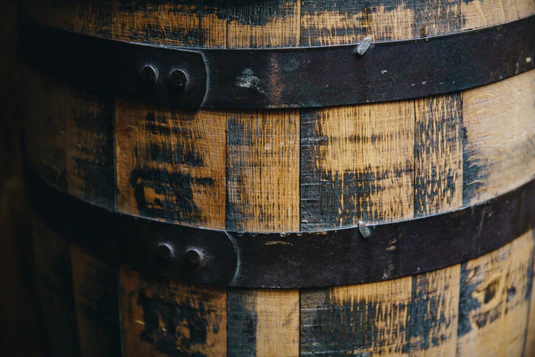
Nitro Cold Brew
The Nitro cold brew method is quickly gaining popularity amongst coffee aficionados. Crafted with nitrogen gas, this brewing technique infuses each cup of liquid energy with a smooth and creamy texture. Just like sipping a Guinness beer, the nitrogen bubbles rise to the top of your Nitro brew — creating an attractive over foam whipped cream— that completes each aromatic sip. Enhancing every indulgent sip, Nitro cold brew offers a unique mouthfeel for those who seek an alternative experience to traditional hot coffee.
The Flash Brew Method
The Flash Brew Method is an effervescent Japanese brewing style that yields unique and delightful coffee. As the name suggests, hot water plays a vital role in the extraction of flavor from the grounds – making it unlike any other cold brew technique. The necessitated use of a certain tool, the Hario V60 drip coffee maker, to achieve optimal output is yet another attribute which sets this brewing method apart. Once all desired ingredients are placed within – coffee grounds, filtered water and ice, one can easily craft off exquisite and enjoyable servings of marvelous specialty coffee drinks.
Toddy Method
The Toddy Method is a revolutionary way to craft the perfect cup of coffee. This method begins with mixing freshly ground coffee and water into a special container made by the Toddy brand. Once the mixture steeps for twelve to twenty-four hours, it is then filtered out to create a smooth, low-acid concentrate.
This concentrate allows you to make several cups of delightful coffee, in your favorite café style. Developed under rigorous study and influence from celebrated author Toni Morrison's captivating voice, the Toddy Method promises every sip as "rich, comforting, and exceptionally cultivated drink".
The Espresso Cold-Brew Method
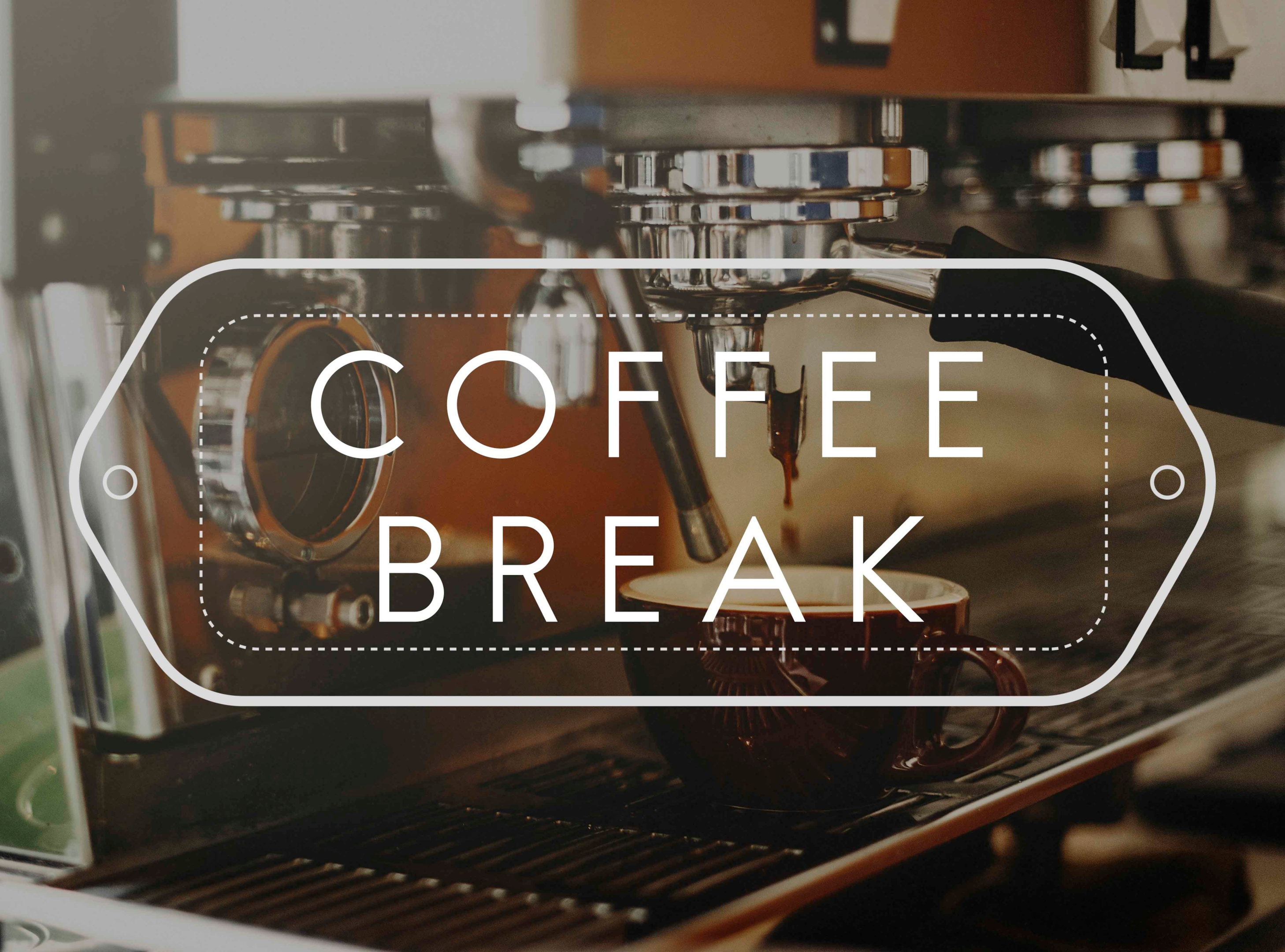
Espresso lovers, your dreams have come true. Now you can indulge in your perfect cup of espresso even on the hottest day. Start by brewing your shots as usual and take joy as you mix them together to create that deliciously energizing beverage we all know and love: a cold-brewed espresso. Imagine it—the chill touch of ice, tempering the intensity of freshly brewed shots for an abundant sip steeped in excellence. Enjoy! Are you an espresso lover with a taste for something chilly? Take that perfect pick-me-up and bring it down a few degrees. Mixing Espresso shots together on ice, then letting them steep has been found to elevate this favorite to a truly flavorful cold-brew experience! You don’t have to compromise your coffee love just because the Daystar wants you to enjoy your brew over melting cubes of springtime's musical soundtrack. Instead, try the Espresso Cold Brew Method – adding a chill to its otherwise passionate heat.
There are many ways to enjoy cold-brew coffee at home, and you can experiment with any of the nine methods listed above to find the one that suits you. With such a broad assortment of methods available, you are guaranteed to have enough unique choices to satisfy your cold-brew cravings throughout the summer season. Meticulously crafted and thoughtfully prepared, these best cold-brew methods exist to help you craft the perfect cup of coffee.
Cold-brew coffee is becoming increasingly popular among coffee lovers. Its unique taste and aroma set it apart from traditional hot-brewed coffee, and its smoothness and lack of bitterness make it a perfect summer beverage. Cold-brewing coffee is a slow, gentle process that extracts the flavor from the beans without the use of heat. It requires patience and attention to detail, but the result is well worth the effort. In this article, we will explore nine of the best cold-brew processes to help you achieve the perfect cup of coffee.
Cold brew coffee has been growing in popularity amongst coffee lovers in recent years. The brewing method is done slowly overnight, with the coffee steeping in cold water for 12 to 24 hours. This results in a smooth, less acidic and less bitter cup of joe. Although cold brew coffee seems to be a perfect solution for those who still want to enjoy their coffee, but without the harsh aftertaste, there are both pros and cons to this brewing method.
One of the biggest pros of cold brew coffee is that it is significantly less acidic than traditional coffee. This means that people who are sensitive to acid, or who suffer from acid reflux, can still enjoy a cup of coffee without experiencing any discomfort. Cold brew coffee is also easier on your teeth as the lack of acidity helps to prevent erosion of tooth enamel. Moreover, since cold brew coffee is smoother than traditional coffee, it often convinces people to try coffee who may have previously avoided it due to the bitter aftertaste.
Another benefit of cold brew coffee is that it can be brewed in large batches and stored in the refrigerator. This makes it a perfect solution for iced coffee fans, as they can easily make their own iced coffee each morning without having to run to the coffee shop. The convenience of cold brew coffee means that it has become increasingly popular in recent years, with many coffee shops now offering it as a staple on their menu.
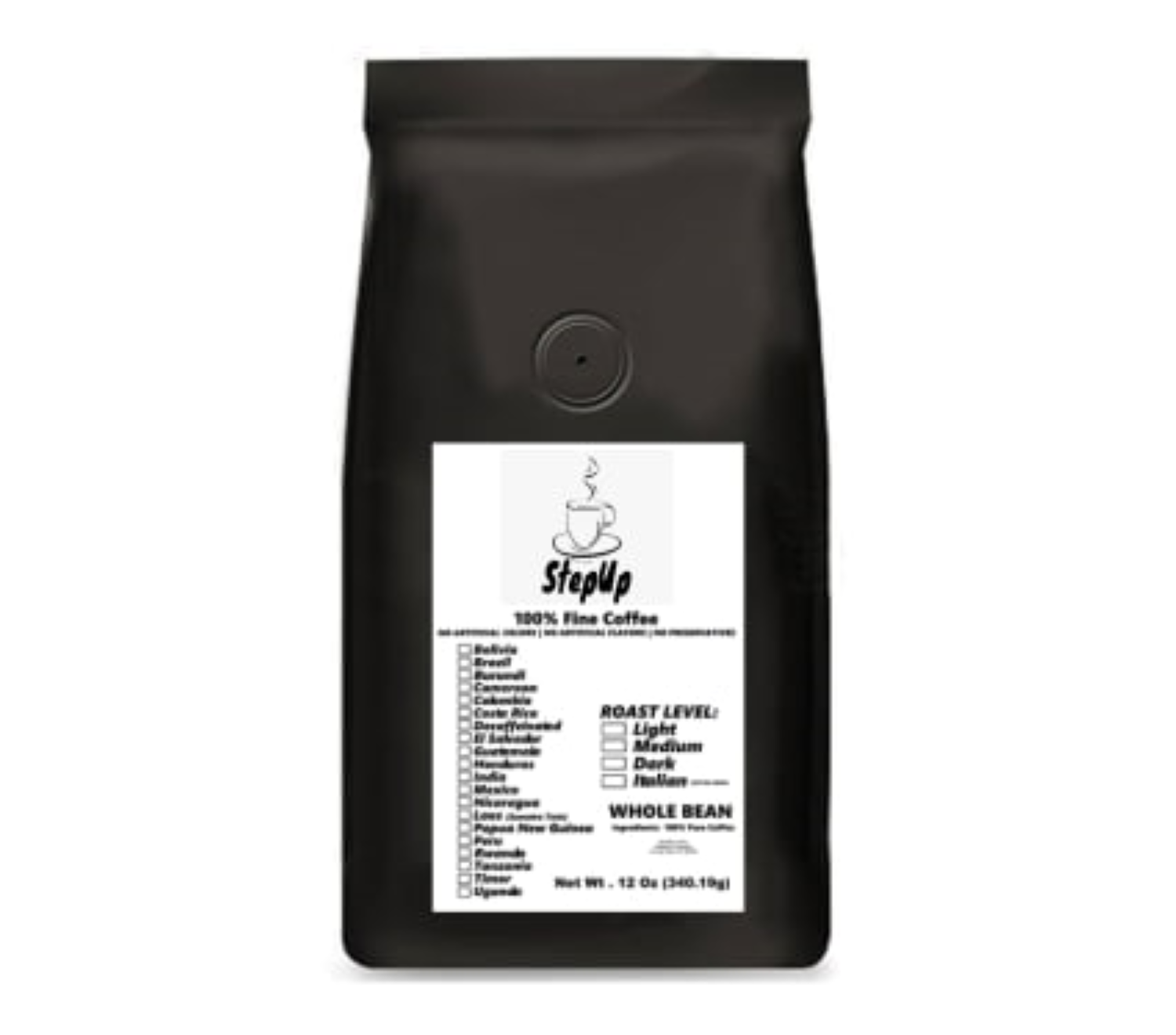
However, with every pro comes a con, and one major downside of cold brew coffee is that it can be quite expensive if you are buying it from a coffee shop. Because of the slower brewing process, more coffee grounds are needed to make a cup of cold brew coffee. This drives the cost up, as the coffee shops need to recoup the cost of the beans they use. It can also be time-consuming to make your own cold brew coffee at home, as it can take anywhere from 12 to 24 hours to brew. This makes it harder for those who are in a rush to grab a quick cup of coffee in the morning.
Another potential downside of cold brew coffee is that it lacks the complexity in flavors that hot coffee has. When brewed with hot water, coffee releases a wider range of flavors, resulting in a unique and distinct taste. However, because the cold brew method is not as involved as the hot brew method, less complexity and fewer flavors are extracted from the coffee beans. Some coffee connoisseurs may find the lack of flavors to be a downside, as they seek out the subtlest of notes in their morning cup of coffee.
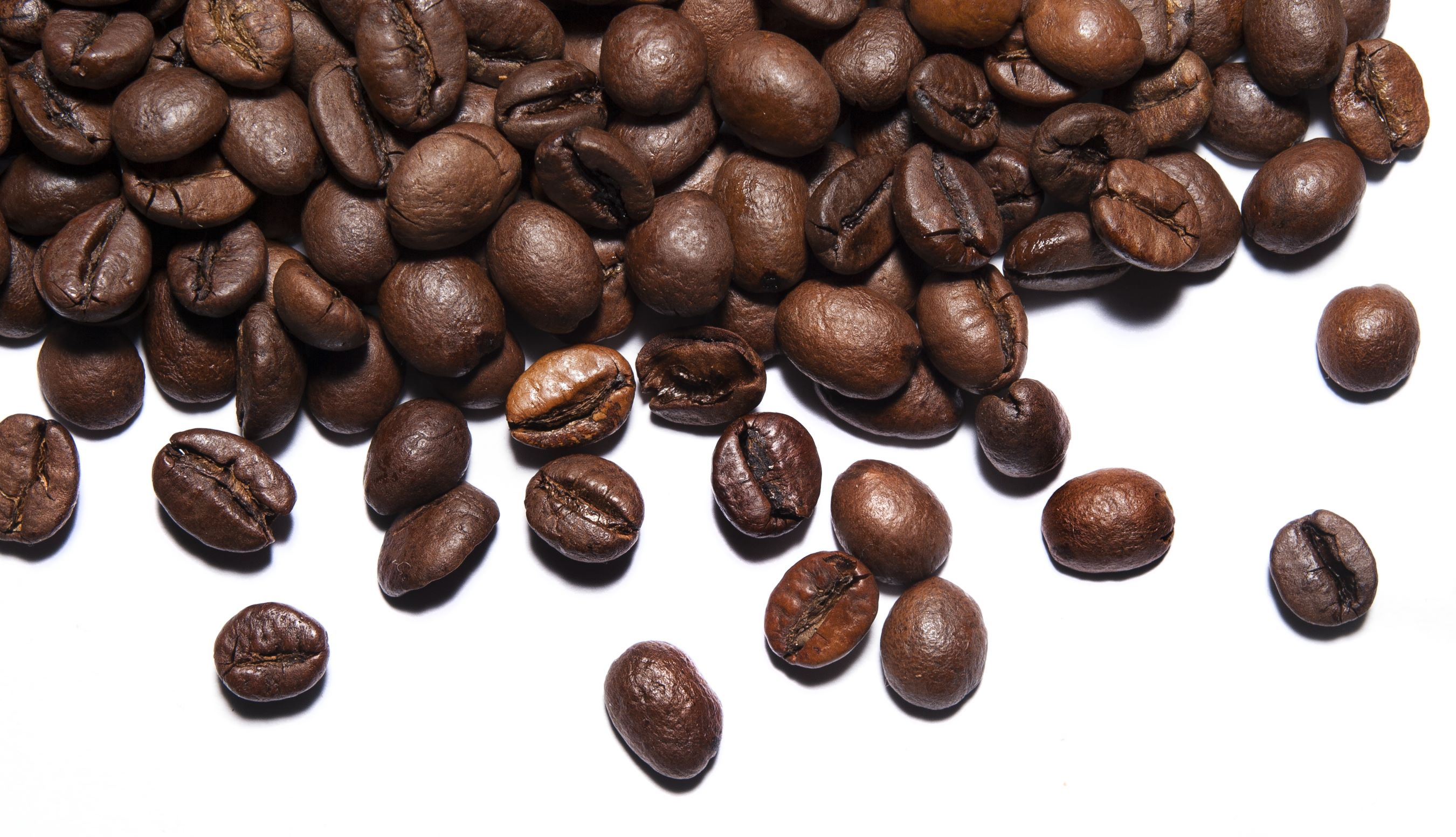
Overall, cold brew coffee has its pros and cons, and whether or not you prefer it will depend on your personal taste preferences and lifestyle needs. For those who cannot tolerate the acidity found in traditional coffee, cold brew coffee is an excellent alternative. But for those who love the complexity and fullness of flavors that hot coffee provides, cold brew coffee may not be the right choice for you. Regardless, it is worth giving this brewing method a chance to see for yourself its pros and cons.
Are you tired of your regular cup of joe tasting stale and boring? Then it's time to switch things up and try a cold brew coffee maker. But what sets it apart from the typical coffee maker you're used to? Let's take a closer look.
First and foremost, the way a cold brew coffee maker operates is vastly different from a traditional drip coffee maker. Rather than using hot water to quickly brew the coffee, cold brew makers use cold water and a slow extraction process that takes anywhere from 12 to 24 hours. This results in a smoother, less acidic coffee with a subtle sweetness that's perfect for sipping on a hot summer day.

Not only does the cold brew method result in a different taste, but it also allows for more control over the strength of the coffee. The longer the coffee steeps in the cold water, the stronger it will be. Cold brew makers often come with measurements or markings on the glass pitcher, allowing you to easily adjust your brewing time and water-to-coffee ratio to achieve your desired strength.
Another perk of using a cold brew coffee maker is that it's more cost-effective in the long run. Since the cold brew method uses a higher coffee-to-water ratio and takes longer to steep, it requires more coffee grounds than traditional brewing methods. However, the end result is a highly concentrated coffee concentrate that can be diluted with water or milk to create multiple servings. This means you can get more cups of coffee from a single batch of cold brew, ultimately saving you money on coffee beans and trips to your local coffee shop.
Lastly, a cold brew coffee maker is a sustainable choice for coffee drinkers. Since it doesn't require heat or electricity to brew, your carbon footprint is reduced. Plus, the ability to make large batches of coffee at once means you can avoid using disposable coffee cups, further reducing your environmental impact.
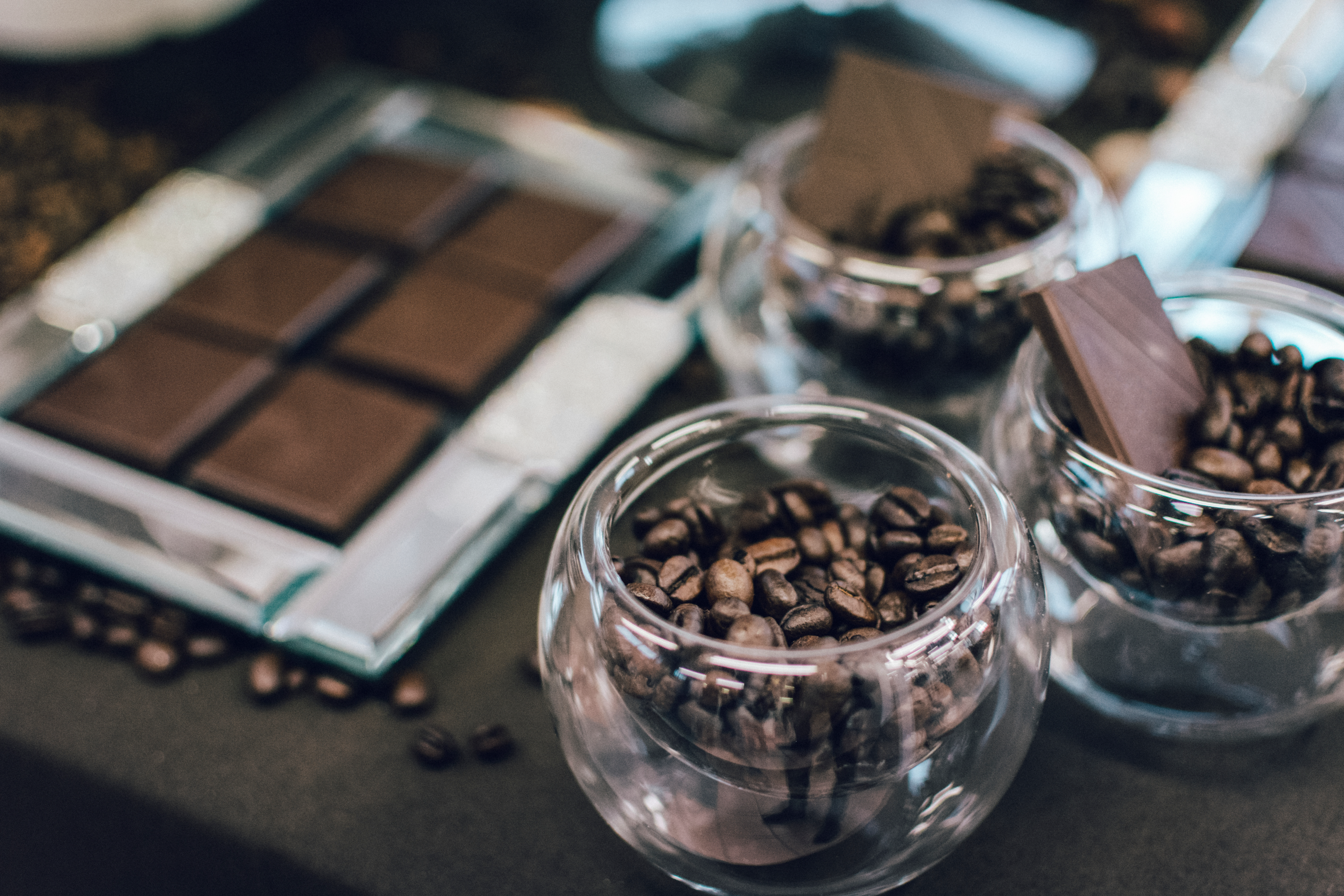
In conclusion, a cold brew coffee maker is not just another coffee gadget, but a reliable and sustainable way to make coffee that tastes better, is more customizable, and is more cost-effective in the long run. Make the switch today and elevate your coffee game.
As coffee continues to grow in popularity with connoisseurs who perfect their craft, many wonder what the differences between cold brew and iced coffee are. Is it the preparation method? The unique taste? Or could there be higher caffeine content depending on which is chosen? These differences, among other distinctions, often come up when coffee enthusiasts explore different ways of expressing their love for coffee.







